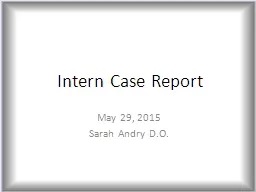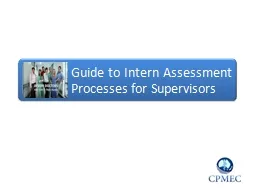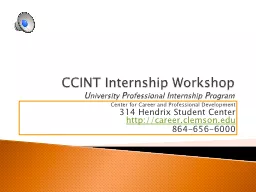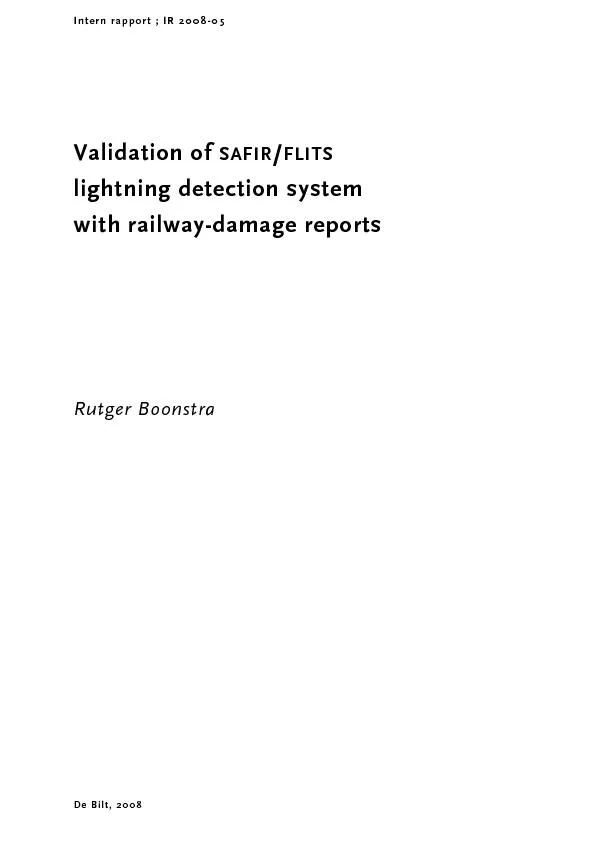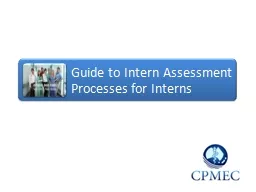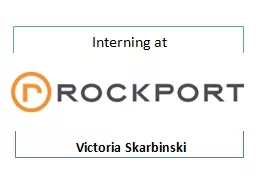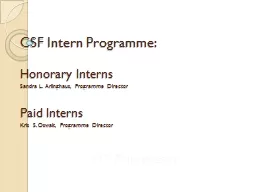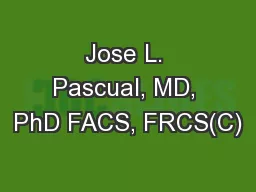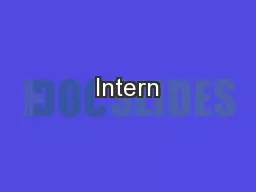PPT-Intern Case Report May 29, 2015
Author : amelia | Published Date : 2022-02-24
Sarah Andry DO 30 year old obese male CC dyspnea HPI Started the AM after a night of binge drinking Typically occurs after drinking More frequent Feels bad for
Presentation Embed Code
Download Presentation
Download Presentation The PPT/PDF document "Intern Case Report May 29, 2015" is the property of its rightful owner. Permission is granted to download and print the materials on this website for personal, non-commercial use only, and to display it on your personal computer provided you do not modify the materials and that you retain all copyright notices contained in the materials. By downloading content from our website, you accept the terms of this agreement.
Intern Case Report May 29, 2015: Transcript
Download Rules Of Document
"Intern Case Report May 29, 2015"The content belongs to its owner. You may download and print it for personal use, without modification, and keep all copyright notices. By downloading, you agree to these terms.
Related Documents

